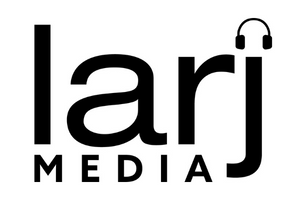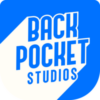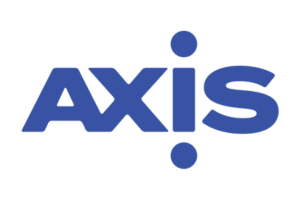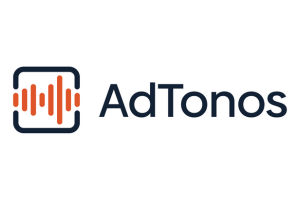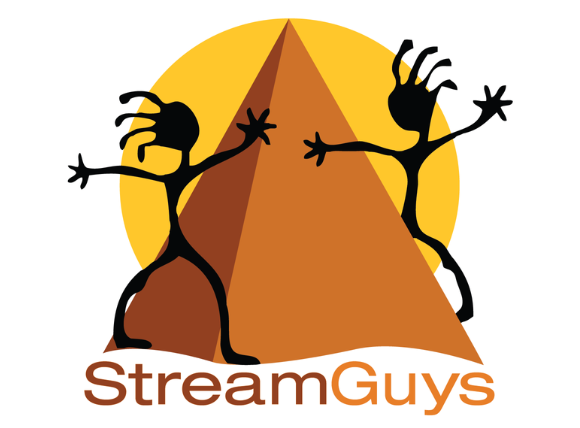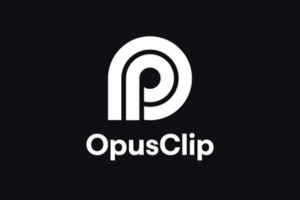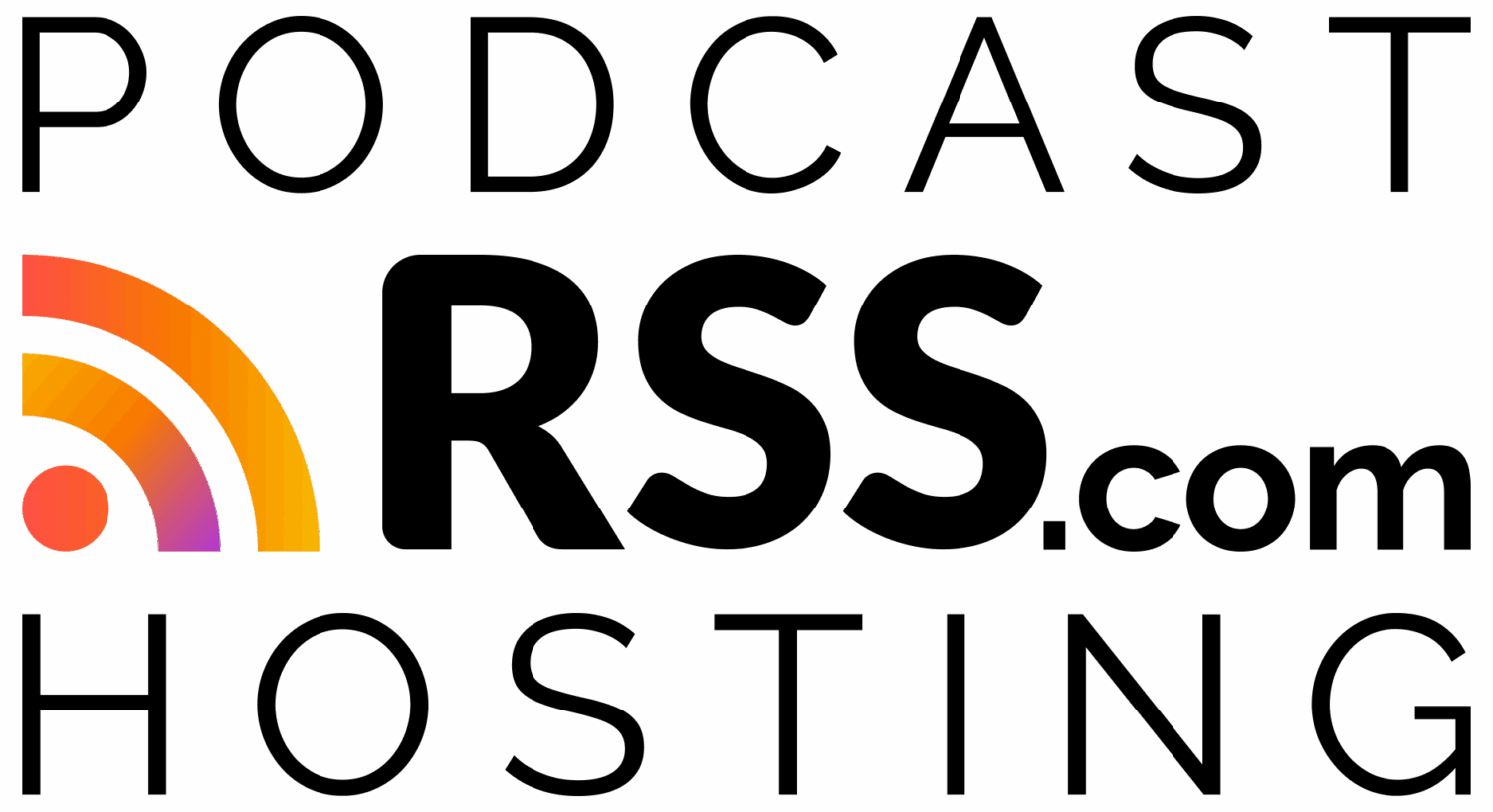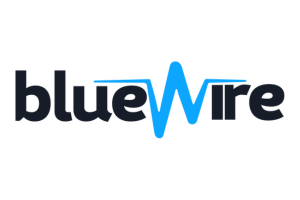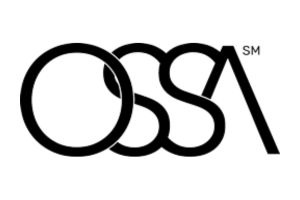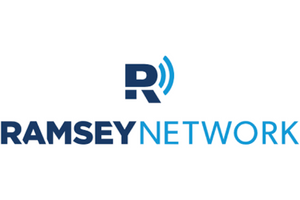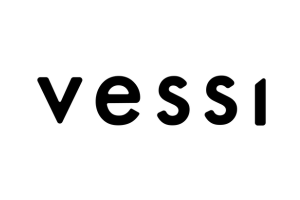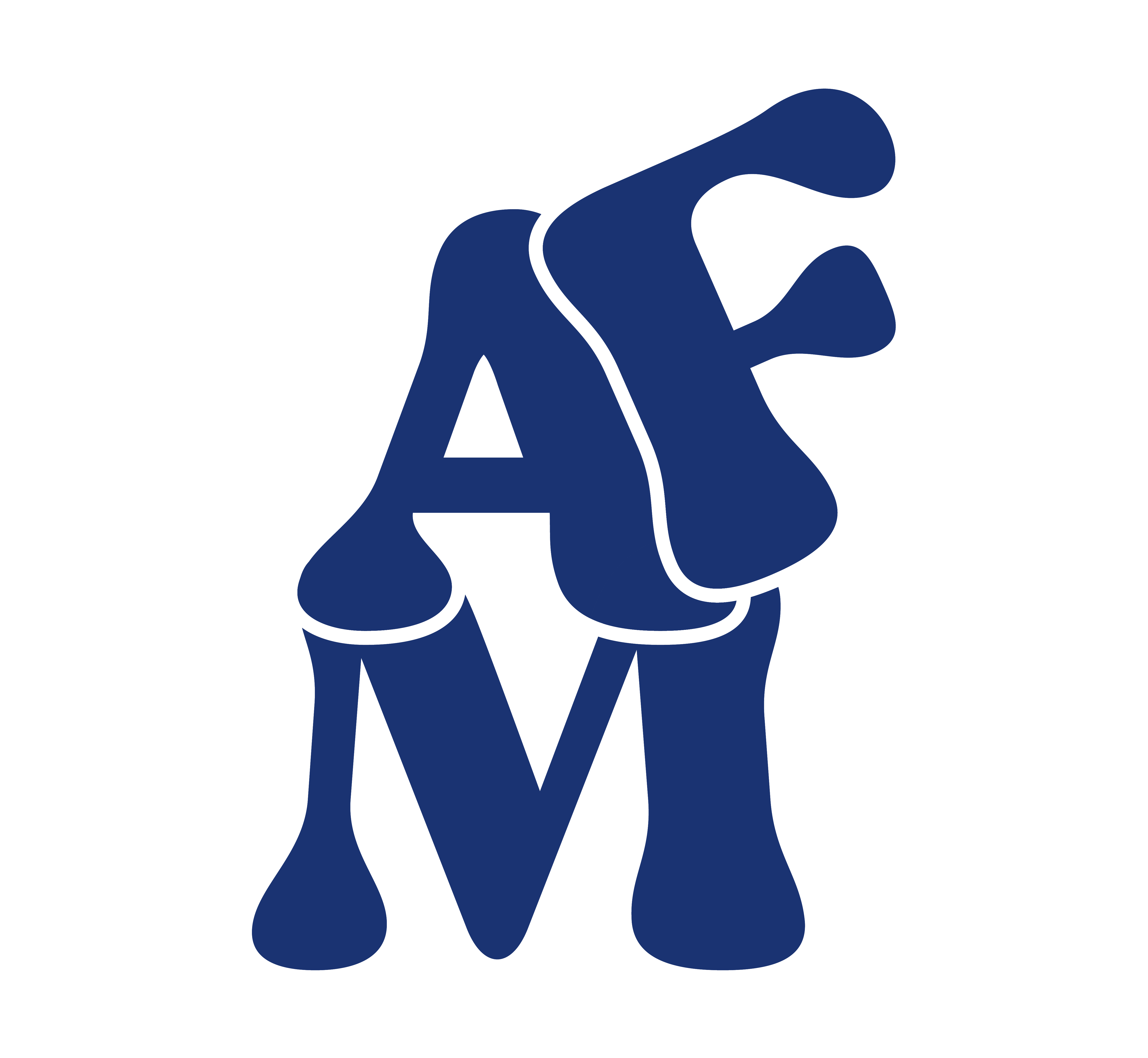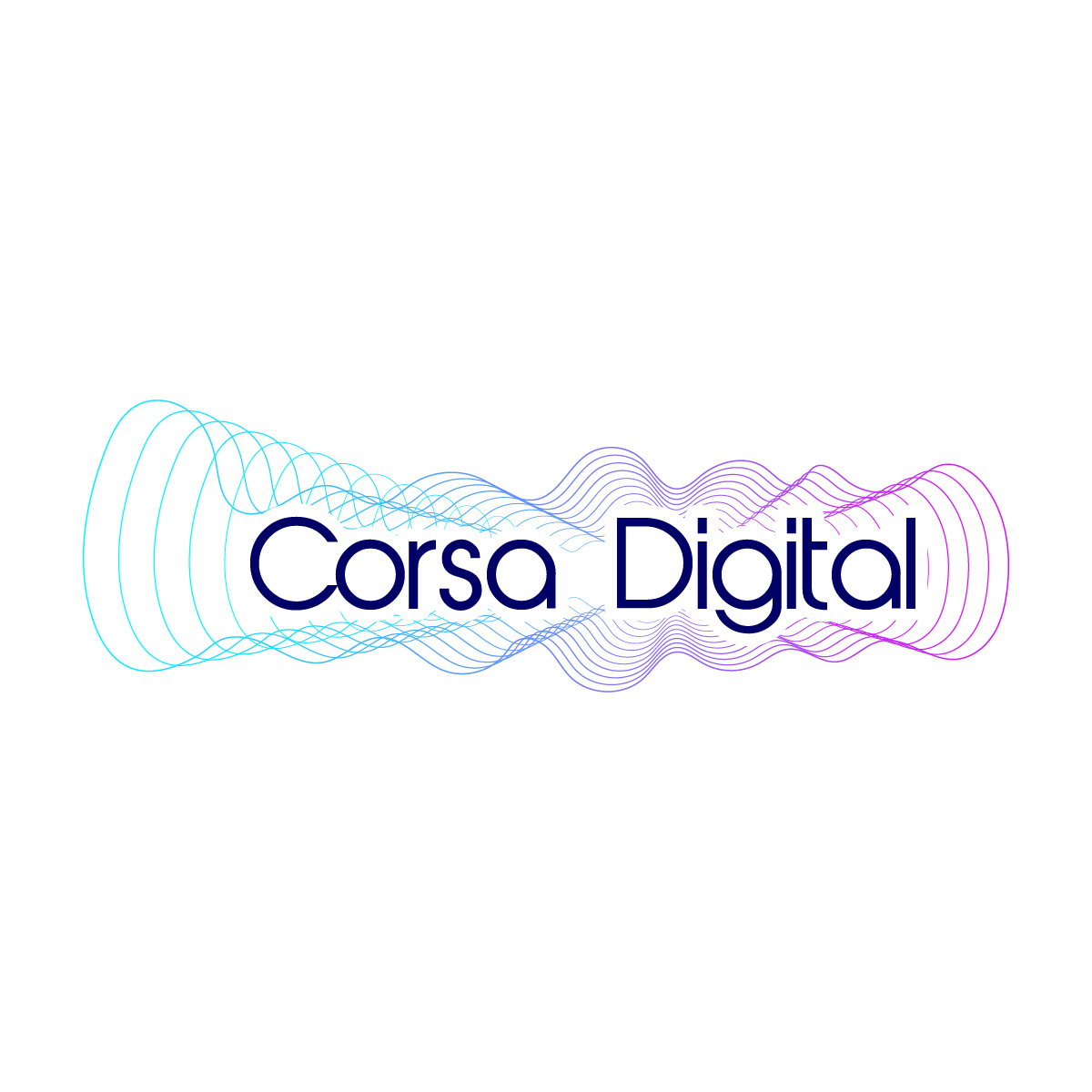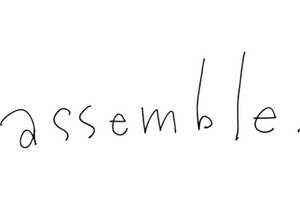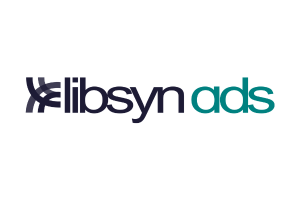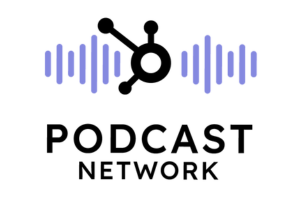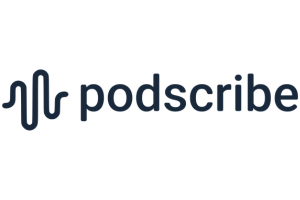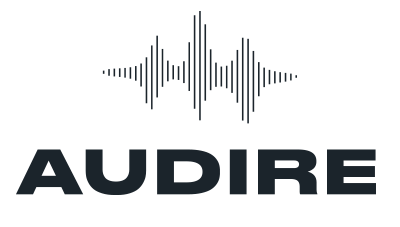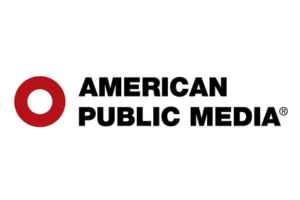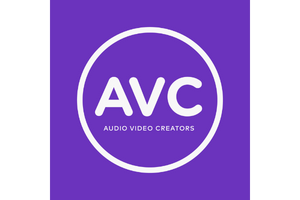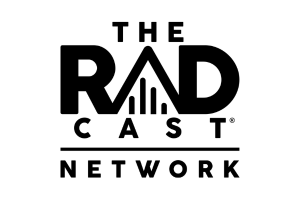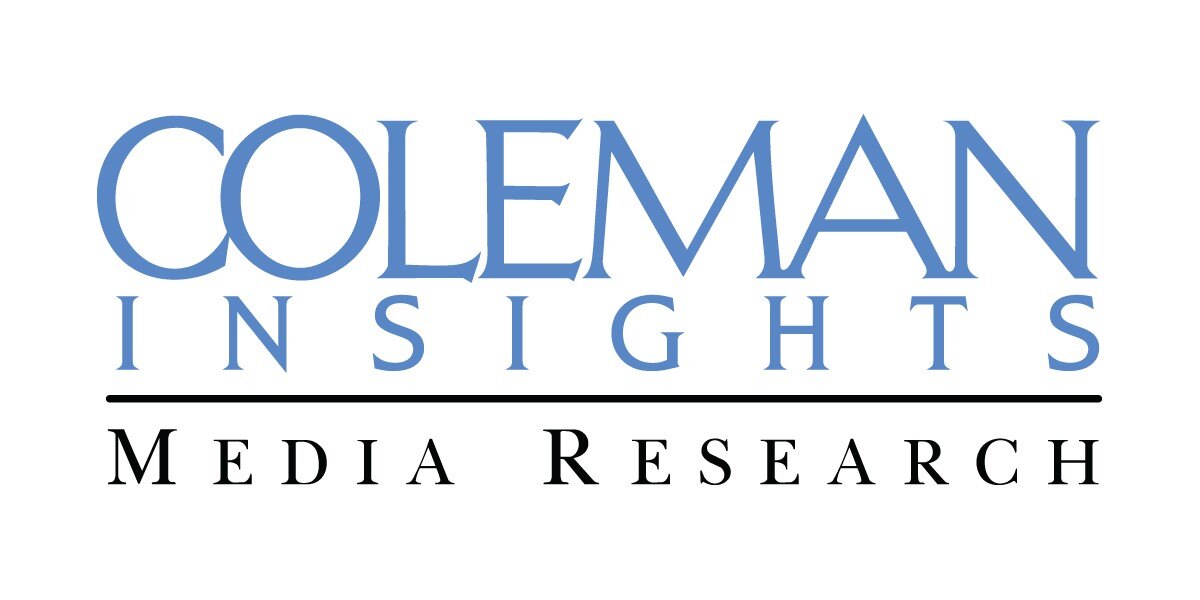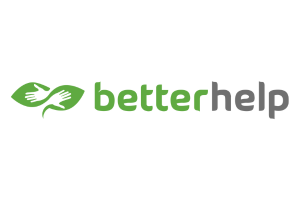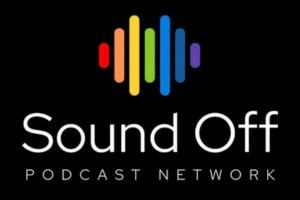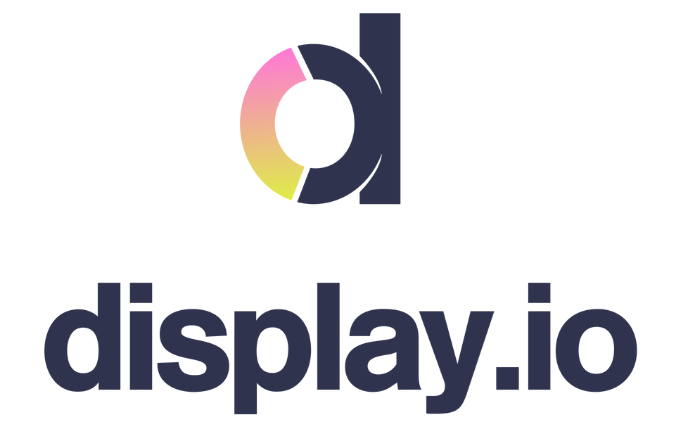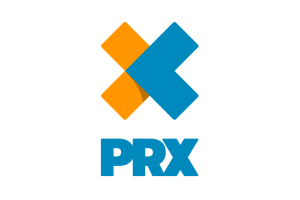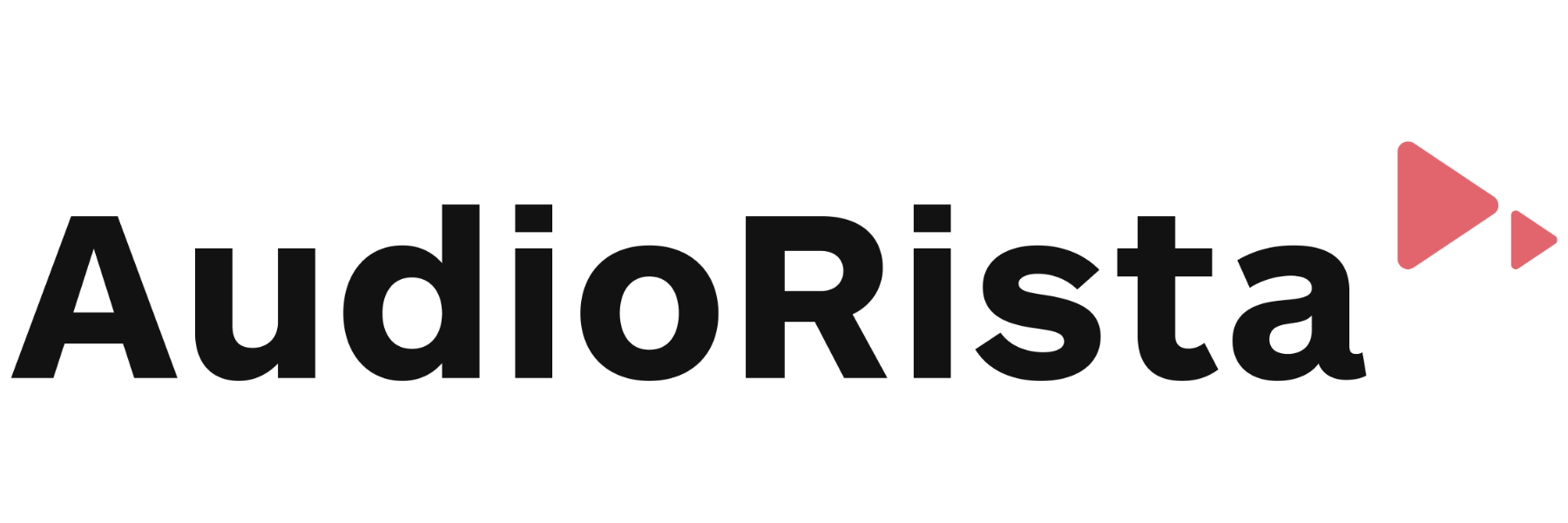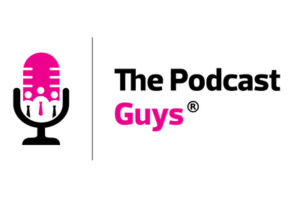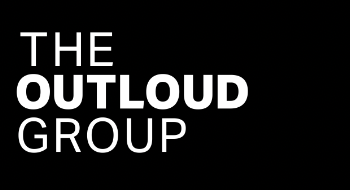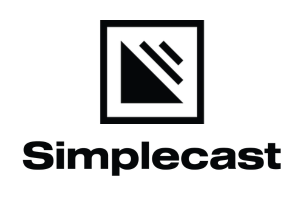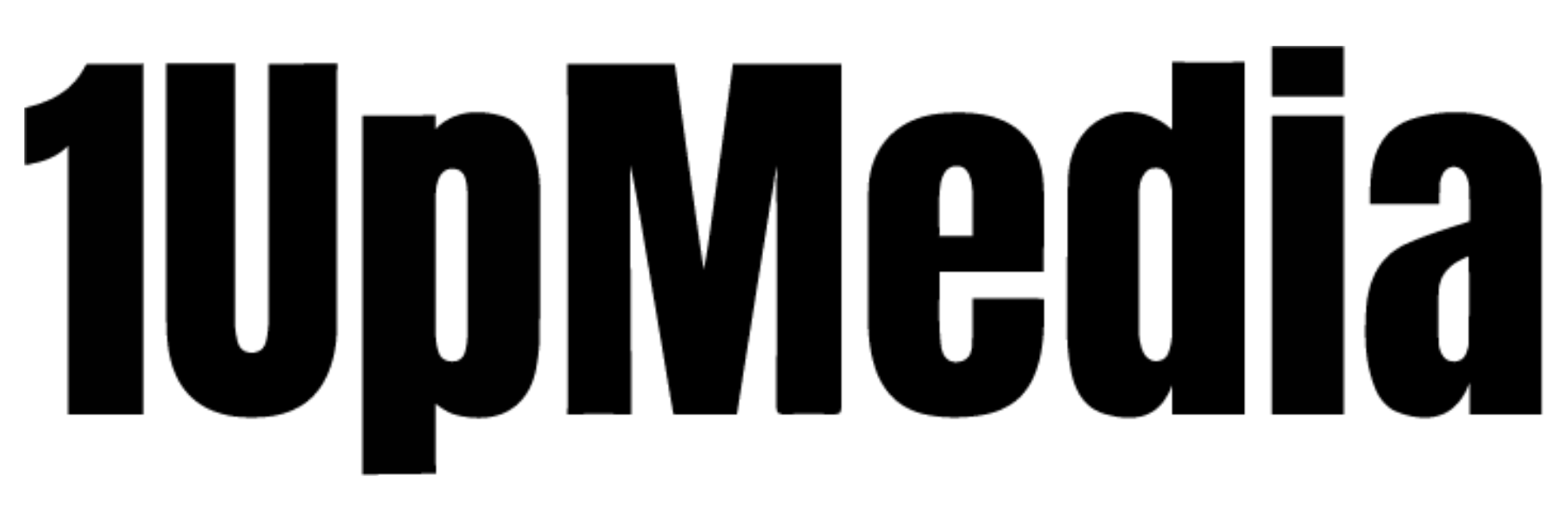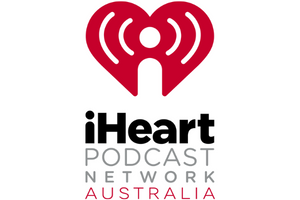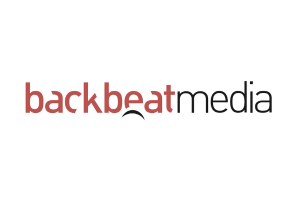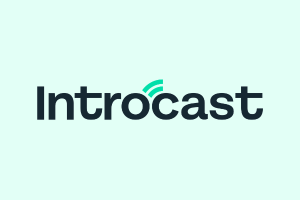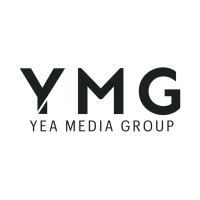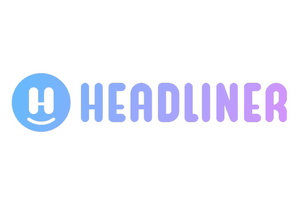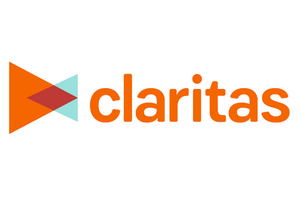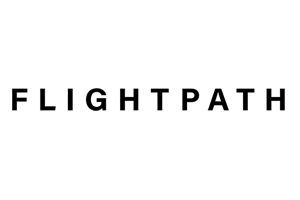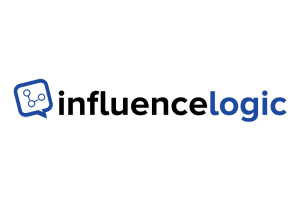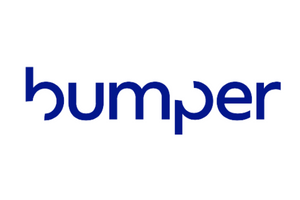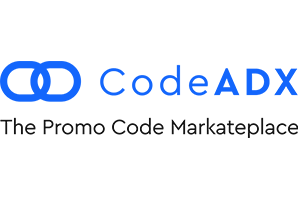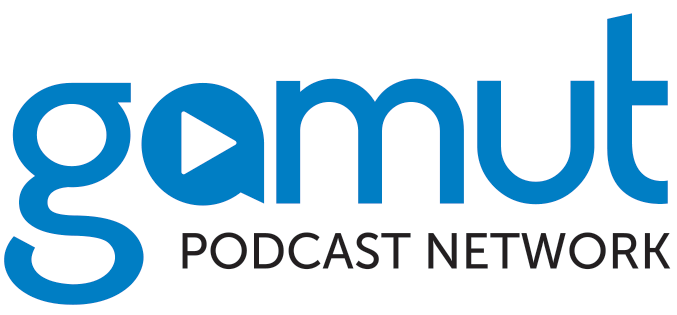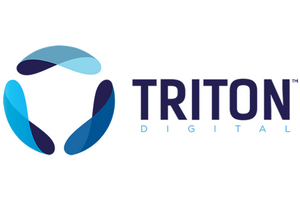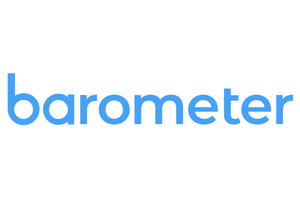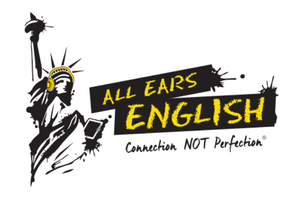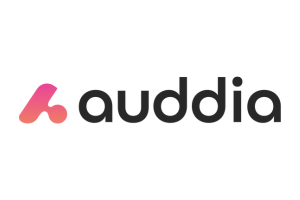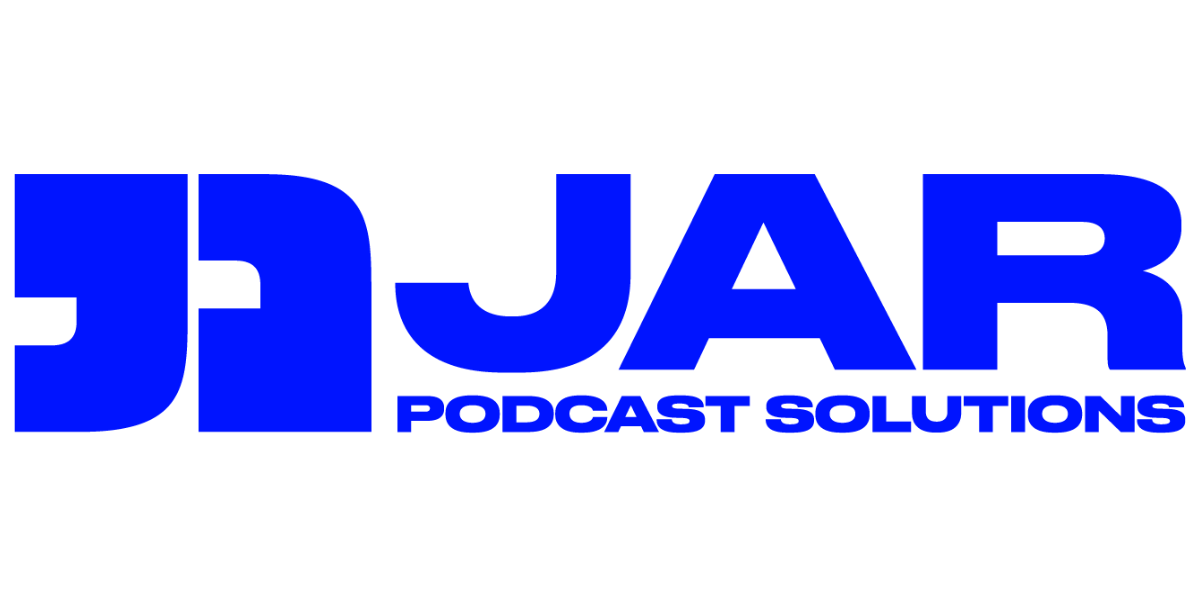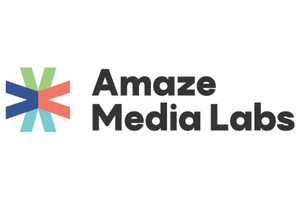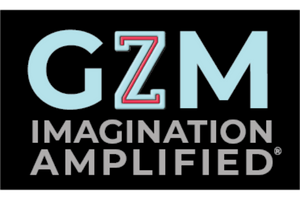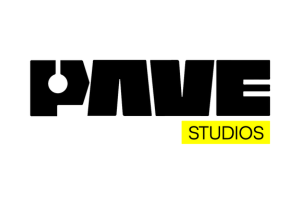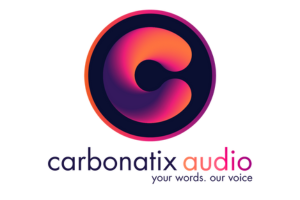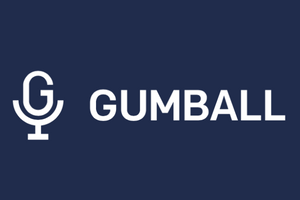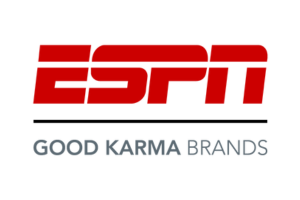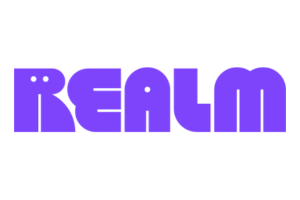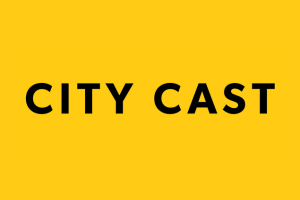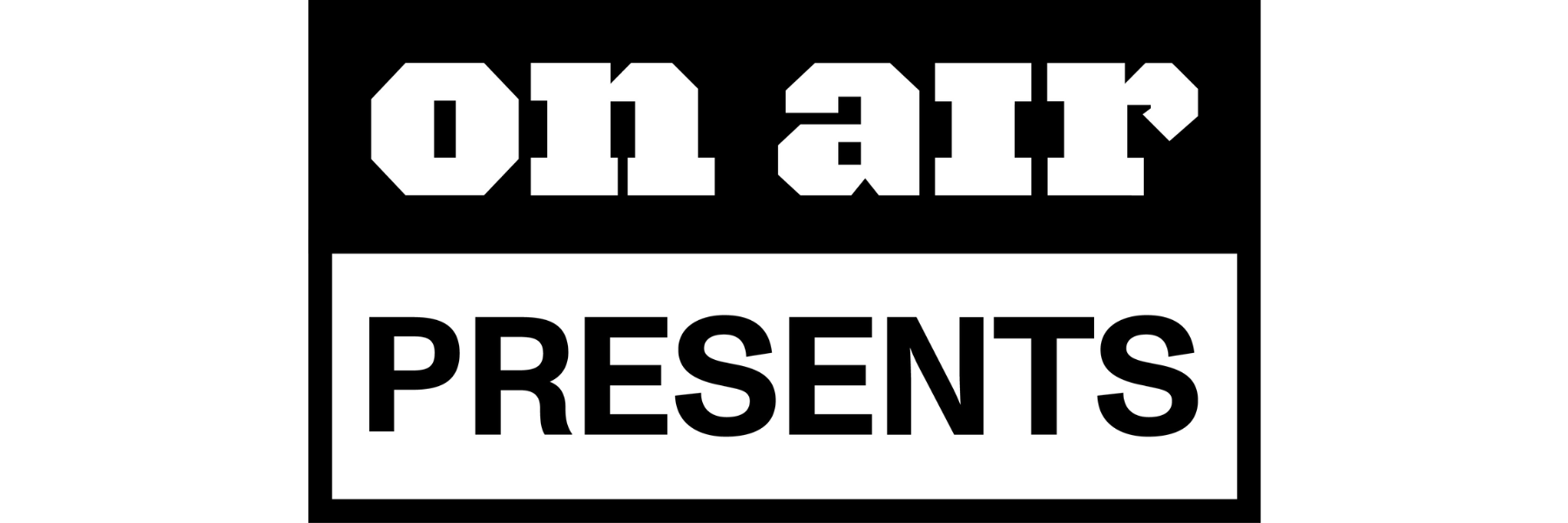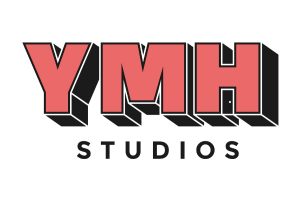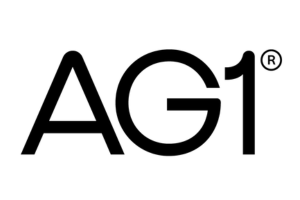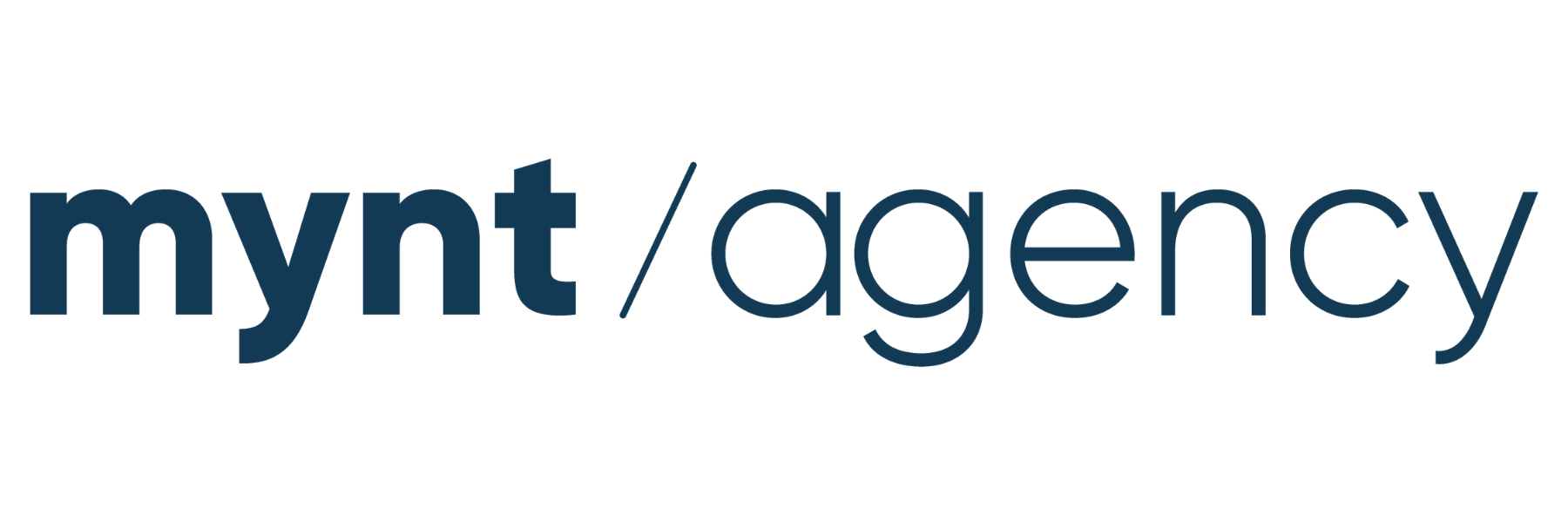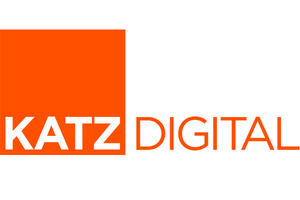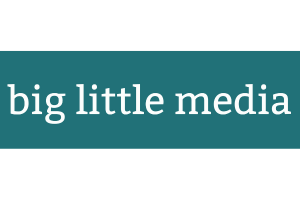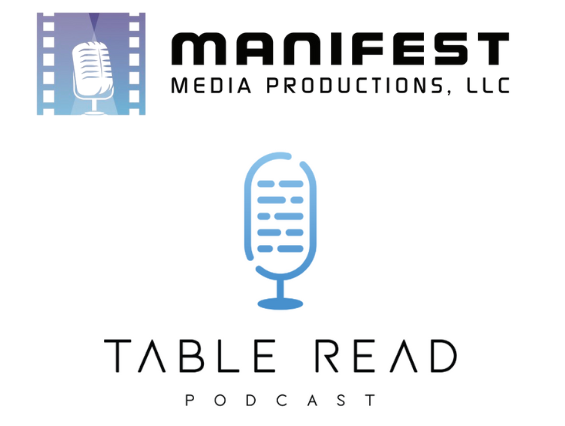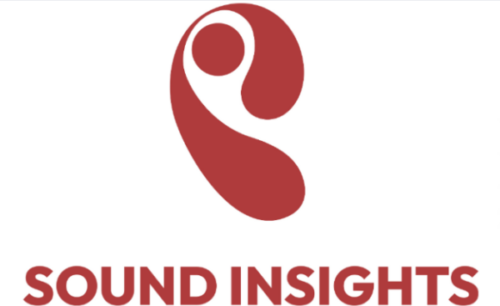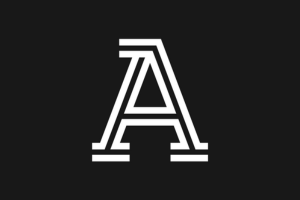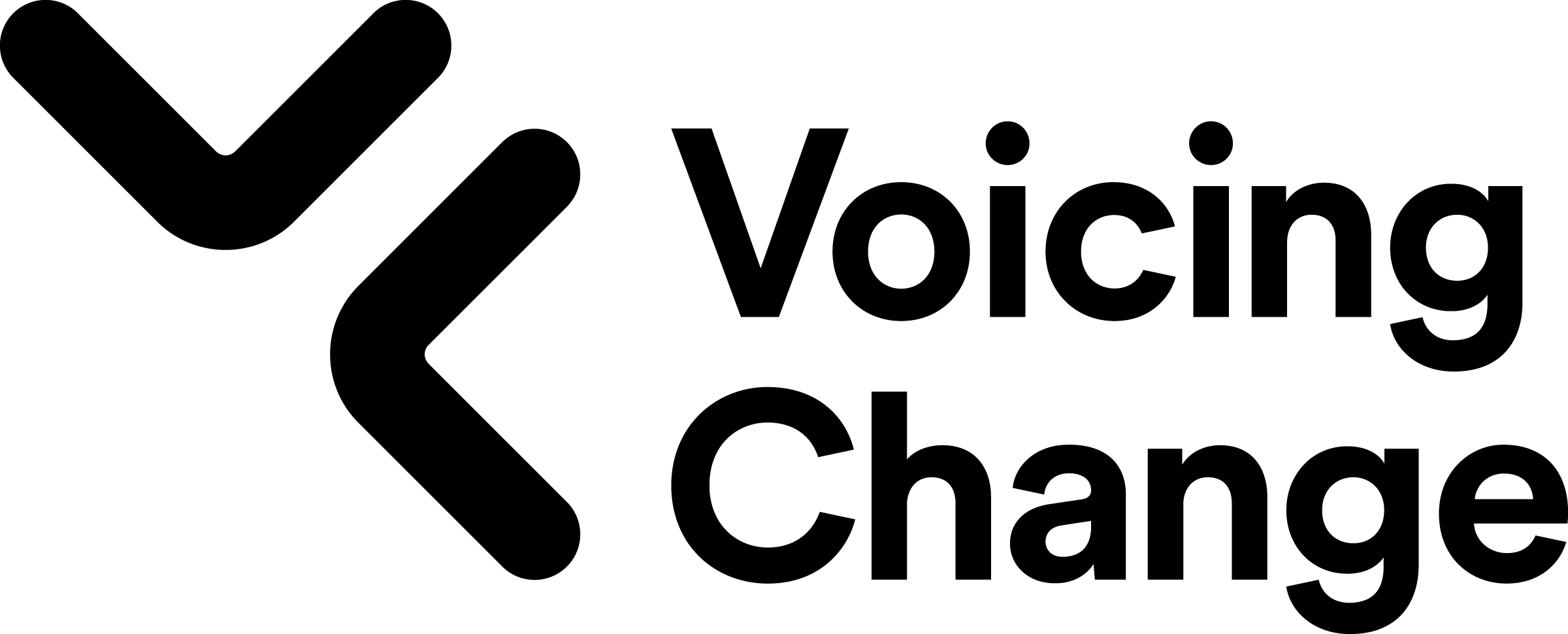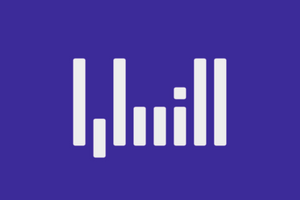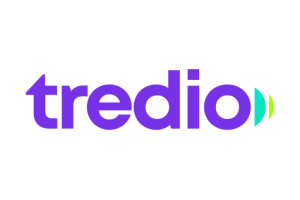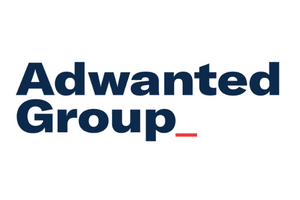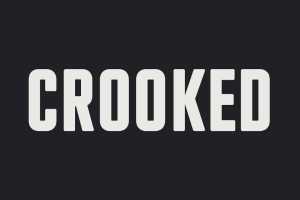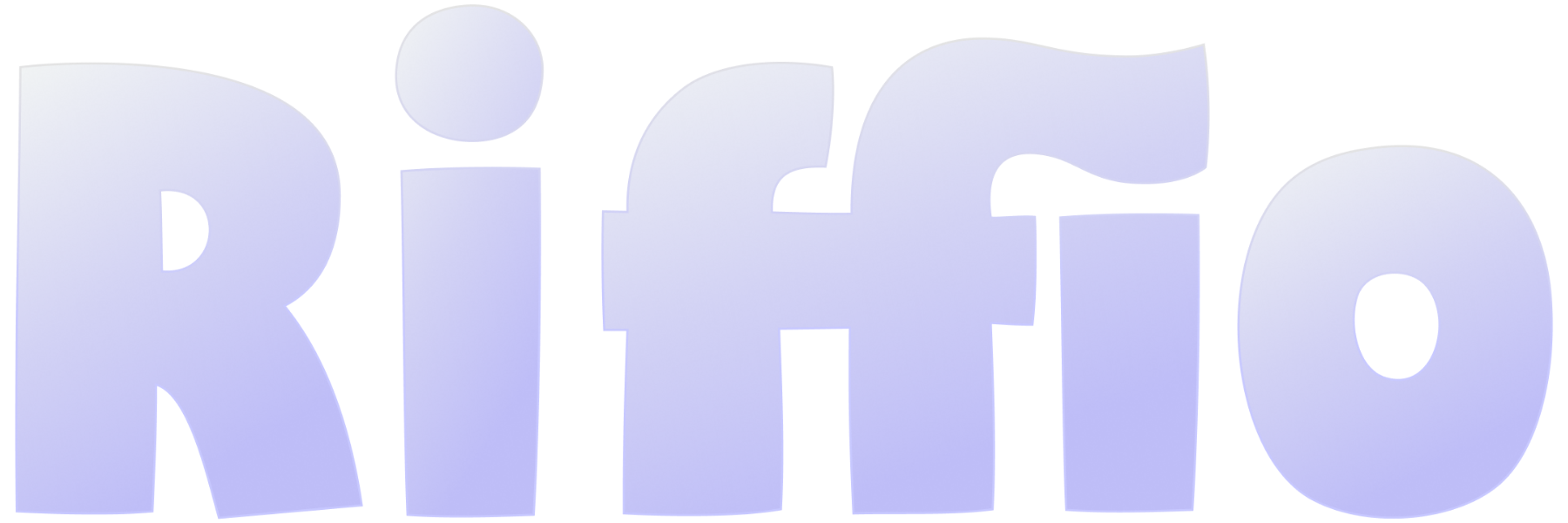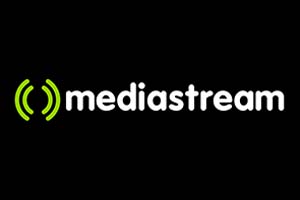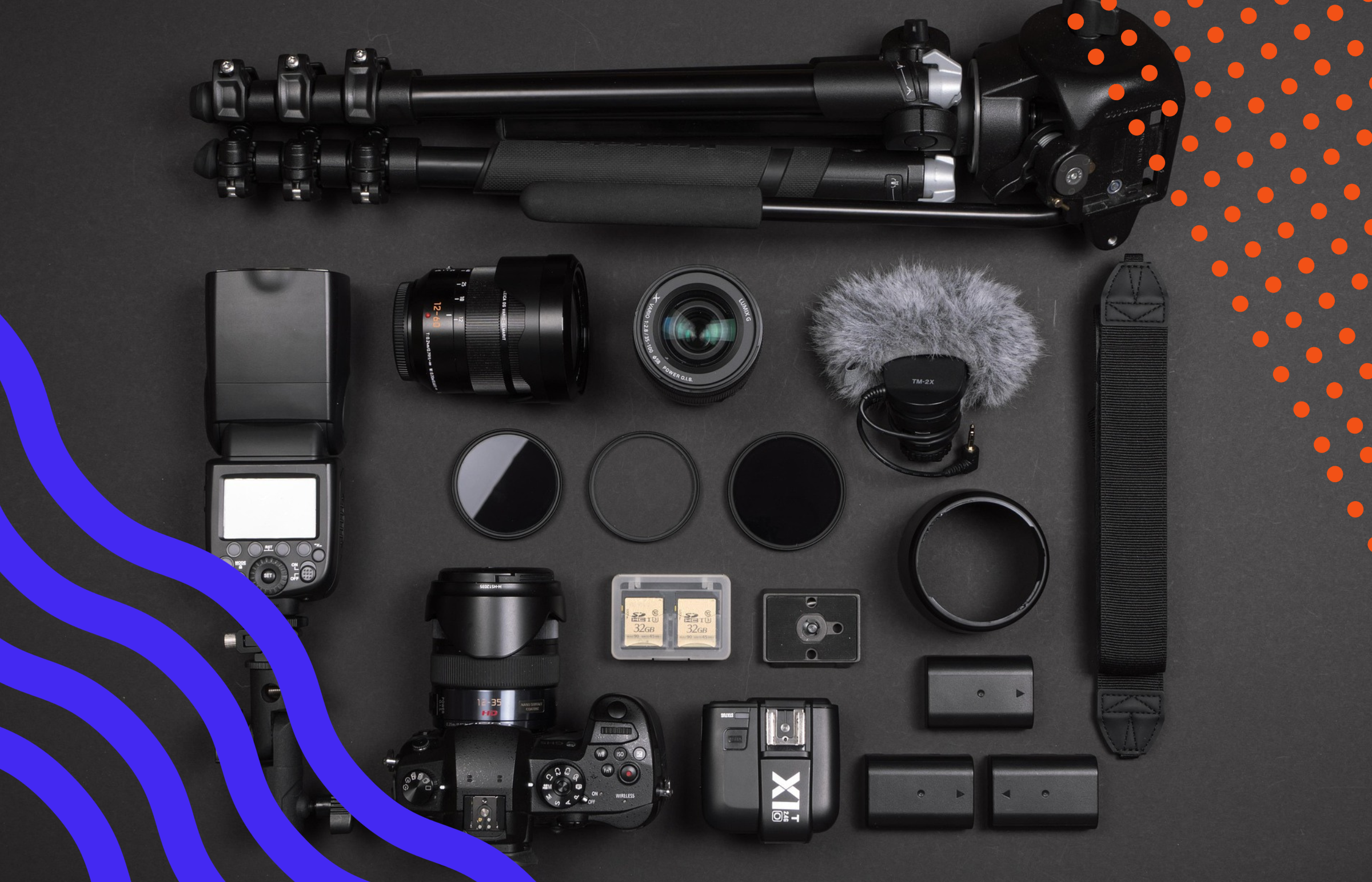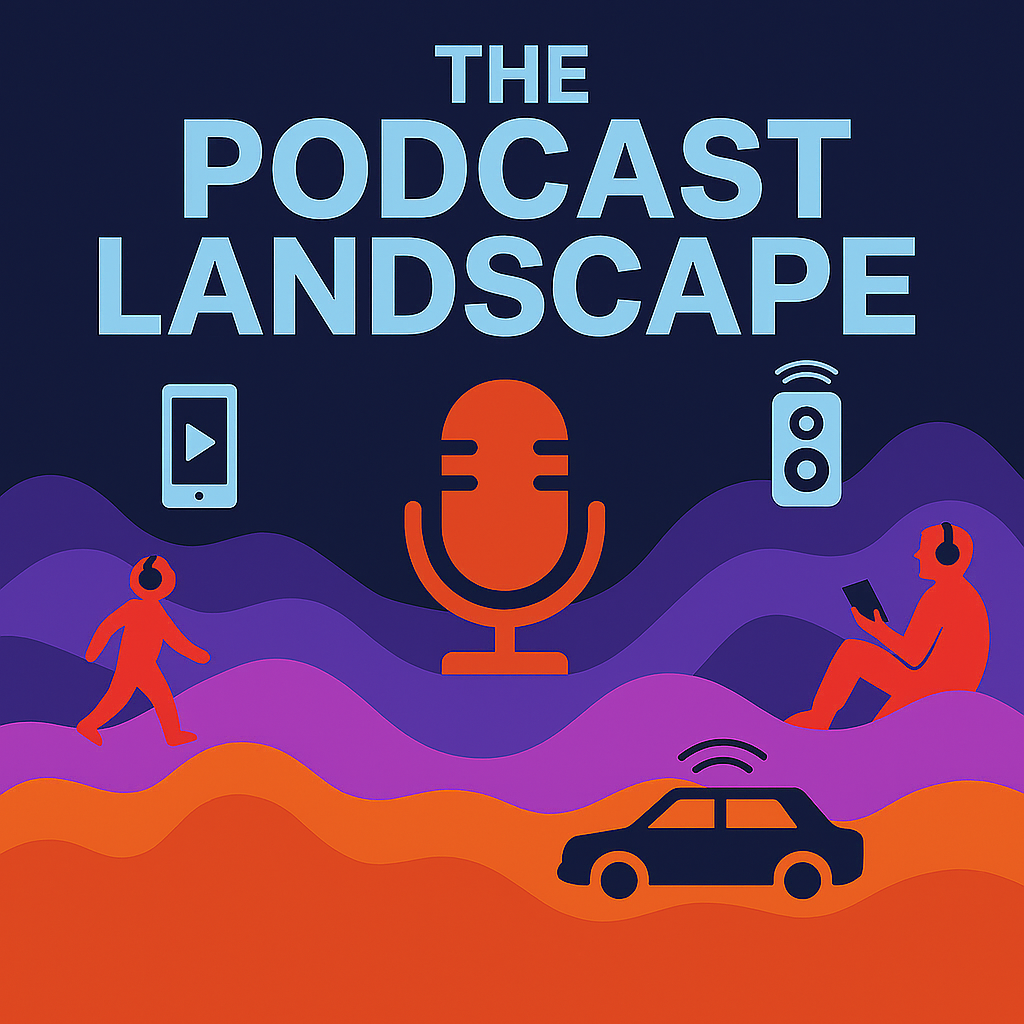The deadline to submit for the Podscape winter update is fast approaching. Every six months Sounds Profitable and Magellan AI collect submissions from the business of podcasting and update the Podscape, a living infographic charting what businesses do and where they are in podcasting. You have until end-of-day on Friday, November 21st, to submit for the Winter update. Click here to submit!
Last week at the On Air Fest Bloomberg Podcast Business Summit in LA, Bloomberg reporter Ashley Carman interviewed John Shahidi, the co-founder of Shots Studios, home of the Full Send Podcast (The Nelk Boys). The conversation covered their podcast network expansion, but it was a beverage that caught my attention. Carman asked about Happy Dad, the hard seltzer brand they launched, and Shahidi explained their thinking: “We entered the space when men wanted hard seltzers as well, but it wasn’t necessarily cool to drink a White Claw.” So they made one specifically for their 85% male audience.
Living in America’s biggest college town (Boston), I can attest to this strategy. I see the college kids and young adults walking around. White Claw is what you bring to the party when you are with your significant other.
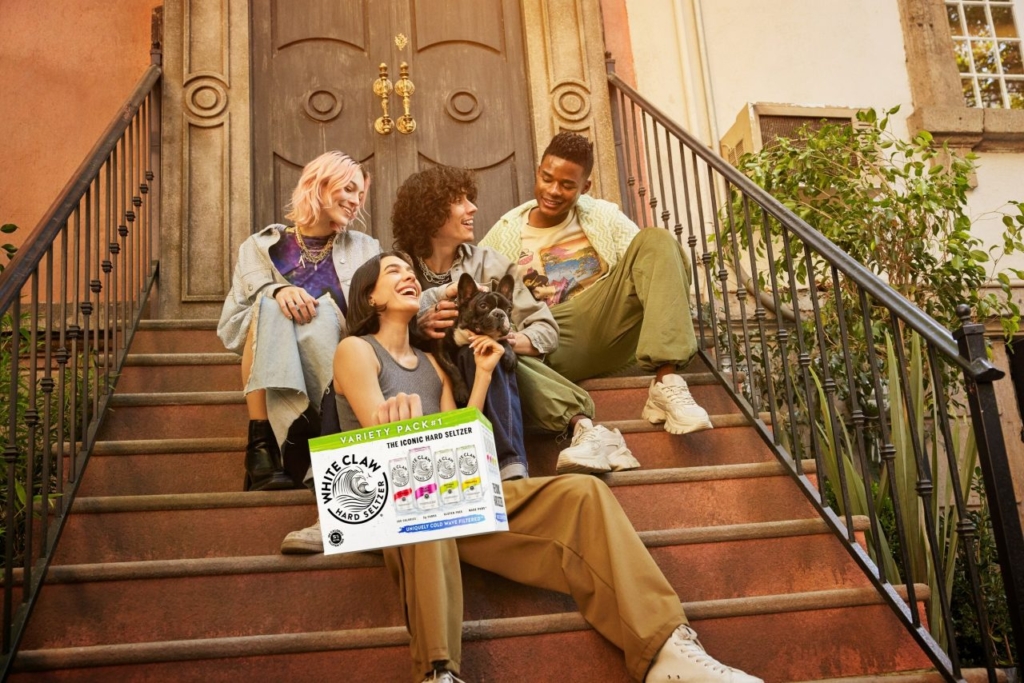
When you are watching the game with your bros, though, a White Claw might not have been your first choice, and that was the opportunity that Shahidi and his company ultimately saw with the Full Send audience.
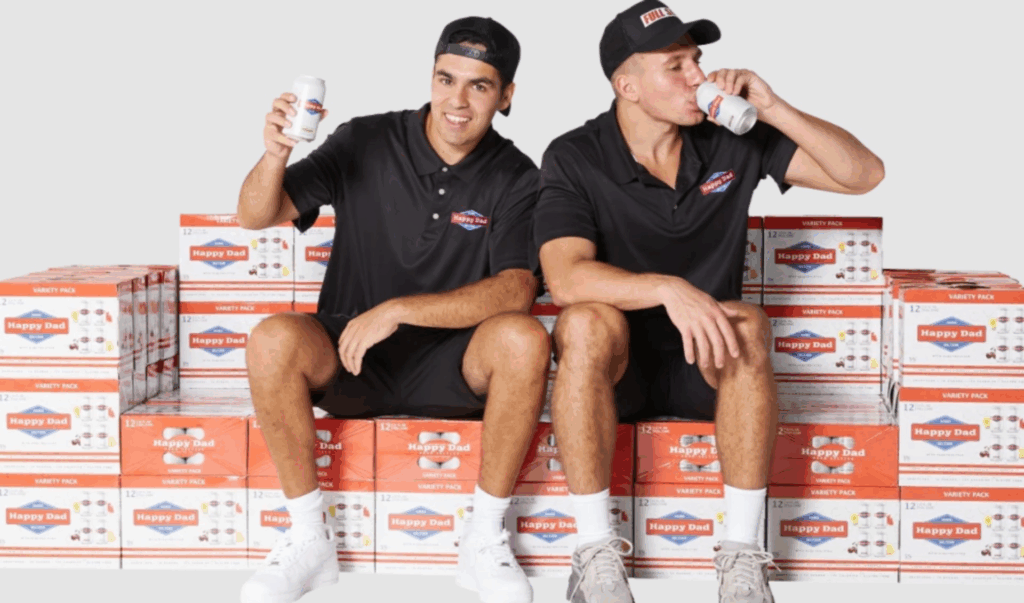
This is a different model than we typically discuss when talking about podcast monetization. You’re not reading ads for someone else’s product. You’re building equity in your own business. When a listener tries Happy Dad and likes it, that positive brand experience reinforces their connection to the podcast, and the podcast increases affinity for the brand.
For the past few years at Sounds Profitable, we’ve been documenting the effectiveness of podcast advertising—why it works, how it outperforms other media, and what makes listeners actually take action. We’ve shown the trust advantage that podcast hosts have over virtually every other type of content creator. We’ve demonstrated that podcast ads drive lower-funnel metrics like consideration and purchase at rates that outpace those of traditional media. But all that research has focused on brands paying creators to reach their audiences.
The Happy Dad model raises a different question: what happens when the creator IS the brand?
The Happy Dad Model
Shahidi’s approach is pretty sophisticated. They didn’t just slap the Nelk Boys logo on a generic hard seltzer. They identified a booming category (hard seltzers), recognized that the dominant brands weren’t speaking to their target audience (young men), and created a product that filled that gap. As Shahidi put it, they were looking to “create our own category” rather than fight existing competition. And as he also noted, you can’t make a lousy product. The product HAS to be right or none of this works.
Every mention of Happy Dad on their podcast builds equity in their own business rather than someone else’s, because the Nelk Boys are co-owners of the brand. They’re in the shelf space business now, Shahidi explained on stage. Once you’ve built relationships with retailers who carry your hard seltzer, you can add other products to those same distribution channels to leverage the retail relationships you’ve already established.
Of course, most podcasters cannot launch a beverage company. The capital requirements alone would eliminate the vast majority of creators. Happy Dad works because Nelk Boys and Full Send have massive scale—millions of listeners and viewers who will actually buy enough product to justify manufacturing, distribution, and retail relationships. But the principle isn’t limited to beverages or massive audiences. It’s about understanding your audience well enough to create something they actually want and need, then using your podcast as a highly efficient, targeted marketing channel for that thing.
We know from our research that podcast listeners trust their hosts more than they trust virtually any other type of content creator or media personality. In our Ad Nauseam study, we found that the relationship between podcast listeners and their favorite shows creates an environment where advertising isn’t just tolerated—it’s often appreciated as a natural extension of the host’s expertise and judgment.
When you own the product, that trust dynamic changes. You’re not recommending a product—you own it, you created it, you stand behind it completely. Your reputation isn’t on loan for a 60-second spot. It’s permanently attached to the product experience itself. That works both ways.
Different Options, Different Scales
The owned product approach exists across a spectrum of scale and capital requirements. Let me walk through what this actually looks like.
At the simplest level, you have digital products. If you host a productivity podcast, you can create templates, courses, or guides that solve specific problems for your audience. The barriers to entry are low, margins are high, and the distribution channel is already in place.
Services represent the next tier. Consultants, coaches, and experts have been using podcasts as lead generation for years, but I’m talking about something more intentional. Your podcast isn’t just a business card—it’s proof of your expertise, delivered weekly to people who have self-selected as caring about what you know. When you sell consulting or coaching, you’re starting from a position of established authority and trust.
Reviewing this now, I look back at some of the marketing podcasts I co-hosted with a tinge of regret. On the Marketing Companion, I show that I co-hosted for six years that had over two million downloads, we often advertised other sponsors, but we didn’t really advertise our own services! We certainly could have run straight-up ads for my co-host, Mark, and his consultancy, and I could have done host-read ads for research. Instead, we resisted overt pitches for more organic moments, but perhaps we should have valued our own inventory as much as we asked our sponsors to!
For most small and medium shows, a physical product like a hard seltzer might be a reach, but if you understand your audience’s lifestyle and needs, you can create products that genuinely serve them. The key distinction is between creating something you’d want to exist even without your name on it versus slapping your logo on generic merchandise.
Performance Data
In our research series, The Medium Moves The Message, we found that podcast advertising significantly outperforms traditional broadcast media across lower-funnel measures such as favorability, consideration, and purchase action. On average, podcasting led to a 16% positive differential in taking action, compared to just 1% for TV and 6% for radio. Now, that’s with podcast hosts recommending other people’s products. There is a psychological distance.
When the host owns the product, that distance collapses. The recommendation isn’t transactional—it’s existential. If the product fails to deliver, the host can’t just move on to the next sponsor. Their entire brand suffers. Our data shows that podcast listeners are already more willing to try products they hear about on their favorite shows than consumers exposed to those same products through other channels. They’re more likely to seek additional information, recommend products to friends, and actually purchase. Why rent that attention to other brands when you could capture it for yourself? Well, there is a pretty good answer to that…
The Risk Profile
When Tide Pods runs ads on your show and then you have a bad quarter, or your content quality slips, you miss episodes, or you go through a creative rough patch, P&G pulls their budget and moves it somewhere else. They’re disappointed, but they’re not stuck with you. They have hundreds of other podcasts in their media mix. Your decline is their temporary inconvenience.
When you own the product, your decline is an existential crisis for that product.
Consider what happens if the Full Send podcast loses its edge. If the hosts burn out, if they have a scandal, if their audience ages out or moves on to the next thing, Happy Dad doesn’t get to find a new podcast to advertise on. Happy Dad IS the Full Send brand. The product lives and dies with the show’s popularity and the hosts’ reputations.
This is a fundamentally different risk profile than traditional sponsorship. When you take sponsor money, you’re renting out your audience’s attention for a limited time. When you launch your own product, you’re taking on inventory, supply chain commitments, retail relationships, customer service obligations, and all the other infrastructure of a real business. And that business is married to your personal brand in a way that’s very difficult to unwind.
I’ve seen this play out in adjacent spaces. YouTubers who launched makeup lines and then couldn’t sustain the content that made them famous. Influencers who got into fashion brands and then had to keep feeding the beast, even when they wanted to do something else creatively. The product doesn’t care that you’re evolving as a creator or that your interests have changed. It needs consistent support and marketing.
Then there’s the reputation risk. When a sponsor like ZipRecruiter runs ads on a podcast and that host later does something controversial, ZipRecruiter pulls its ads and moves on. They might take a minor reputational hit for having been associated with the show. Still, they’re one of dozens of sponsors. The connection isn’t that strong in consumers’ minds.
When you own the product, there is no daylight between those brands. Suppose the hosts faced a major scandal or controversy. In that case, the product can’t issue a statement saying it’s pulling its sponsorship. The product and the creator are one entity, for better and worse.
Strategic Implications
Since research is my hammer and everything looks like a nail, I can tell you that the same thing that addresses the risk of a bad show is the same tool that addresses the risk of a bad product: knowing your precise audience, the singular human you serve, down to the atom.
Creators who deeply understand their audiences have always had an advantage. Now they have more ways than ever to monetize that understanding directly. The ultimate ad integration isn’t a beautifully read 60-second spot. It’s building something your audience actually wants and using your show to tell them about it.
Your show has to maintain its integrity. Your product has to be genuinely good. And you need to be honest about whether you have the expertise, capital, and organizational capacity to build and support a real product business. Being good at podcasting doesn’t automatically make you good at product development, manufacturing, logistics, customer service, or any of the other things that turn an idea into a sustainable business.
Some of the most successful creator-owned products I’ve seen are extensions of things the creator was already doing. Tim Ferriss doing supplements makes sense because he’s been experimenting with and talking about supplements for years. It’s a natural extension of his expertise and his audience’s interests. Other examples require more confidence in your ability to maintain that audience’s attention for years to come.
We’re seeing podcasting mature as a medium. In the early days, you made a show and hoped someone would pay you for ads. Then we got sophisticated about targeting and performance metrics. Then we started thinking about subscription models and premium content. Now we’re entering a phase where the most successful creators might not need outside advertising at all, because they’re building product companies with built-in marketing channels.
This doesn’t mean advertising goes away. Most creators will never build owned products. Most products need external channels to reach beyond a creator’s immediate audience. But the dynamics are shifting. The balance of power is moving slightly toward creators who really understand their audiences. When the Full Send podcast is moving hard seltzers through convenience stores because its audience actively seeks them out, we’re not just talking about influencer marketing anymore. We’re talking about media companies that are also product companies and distribution channels.
Creators who deeply understand their audiences have always had an advantage. Now they have more ways than ever to monetize that understanding directly. The ultimate ad integration isn’t a beautifully read 60-second spot. It’s building something your audience actually wants and using your show to tell them about it.
New Partners
Sounds Profitable exists thanks to the continued support of our amazing partners. Monthly consulting, free tickets to our quarterly events, partner-only webinars, and access to our 1,800+ person slack channel are all benefits of partnering Sounds Profitable.
- Riffio - Where superfans can make the next season of their favorite show.
Want to learn more about partnership? Hit reply or send us an email!


